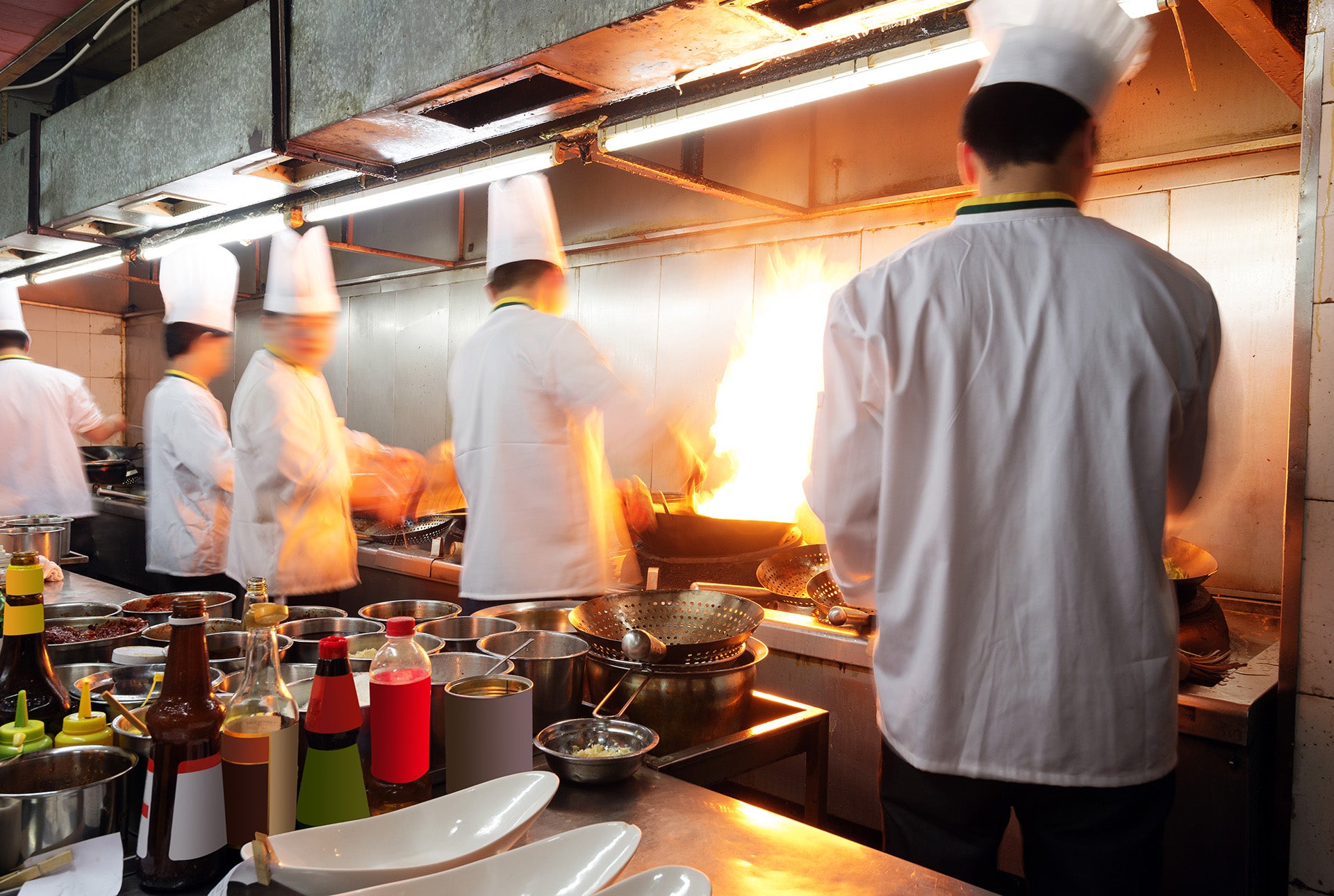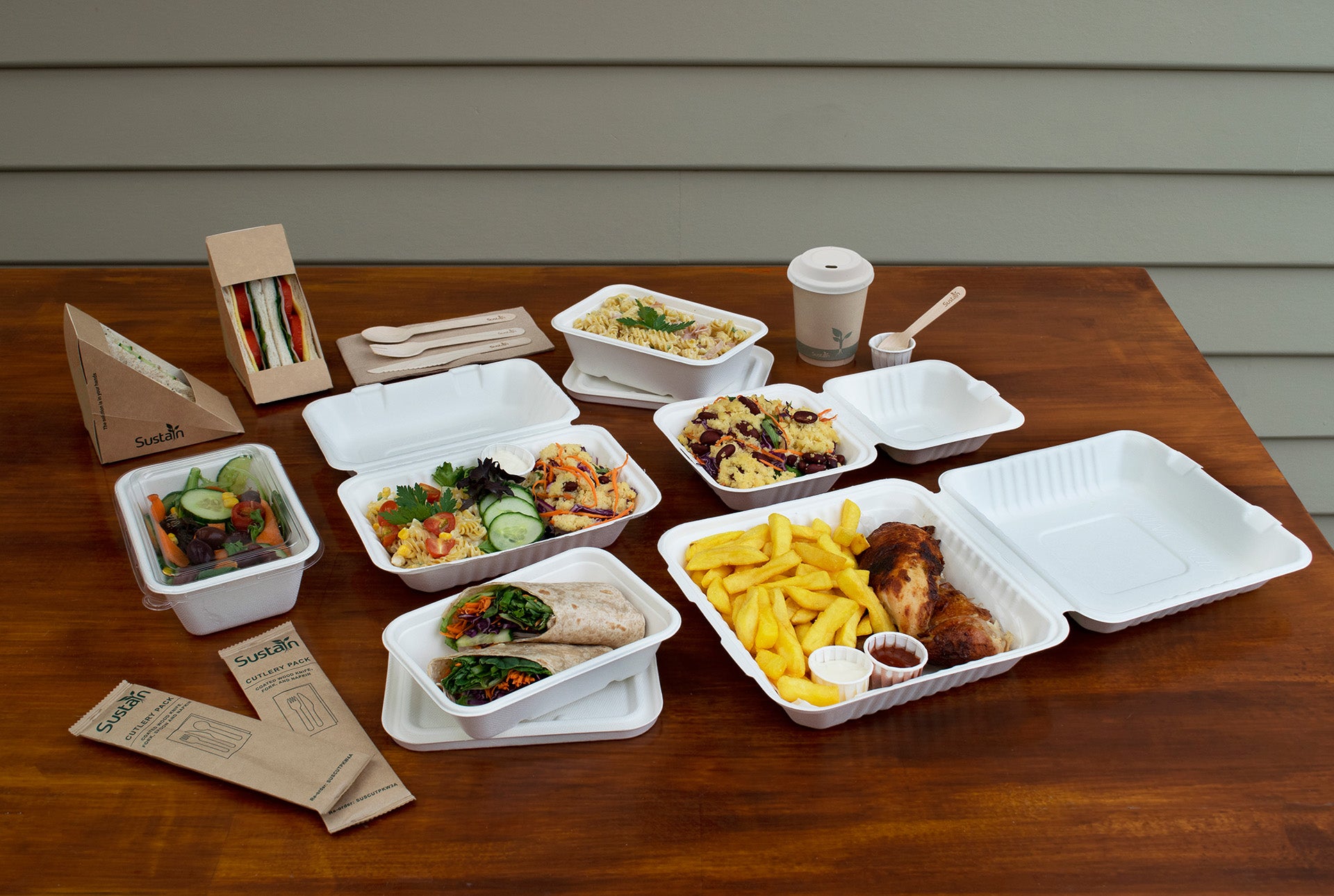If you’re a butcher, small café owner or takeaway food store, offering your customers new product selections is crucial to holding their interest. And when it comes to prepping difference cuts of meats, there’s no easier way to make them taste a little brighter or a little bolder than by using good food glazes or marinades.
From tandoori marinade and red wine glaze to cranberry glaze and bbq marinade powder, using marinades or food glazes is a simple and easy way to offer your customers a wide range of flavours across the same cuts of meat. However, knowing when you should glaze and when you should marinade is equally as important to ensure you’re getting the best value and delivering the best flavour to your customer.
To understand the difference between a good food glaze and a delicious marinade, and when you should use them, we need to look at their history.
Our ancestors used to use simple mixes of salt, spices and acids such as vinegar and lemon to extend the life of meat, which is why marinades and glazes were quickly adopted as they helped improve the taste and rough texture after the aging process.
Today, there are three main purposes behind glazing and marinading. The first and most common is to use them to deliver a fuller and more extravagant flavour to the customer by using a variety of herbs and spices to create new flavours. Second, a good marinade or food glaze can add to the tenderness of a cut through helping the meat retain juices during storage and cooking. Finally, marinades and food glazes are a basic way to improve the shelf appearance of a product – transforming even a basic cut in a fresh and appetising way for customers.
Marinades
There are a variety of different marinades that can be used for your meat and all consist of savoury liquid solutions containing a mixture of salts, acids, gums, food starches, sugars, spices, herbs, tenderizers, oils and colours. The method of marinading meat delivers rapid, deeply infused flavours that will be evenly dispersed throughout the cut with the marinading process. The thinner a cut of meat, the more rapidly this levelling of flavour will occur.
Marinades based in strong flavours, such as bbq marinde powder, can add deeper tastes and tenderness to thicker cuts as the combination of ingredients helps flavour to penetrate the meat.
Food Glazes
The main difference between glazing and marinading is the addition of a food glaze right before cooking as opposed to letting your cut of meat sit in the flavour. However, like marinading, you can still achieve a strong flavour with the use of a food glaze with bold ingredients such as herbs, spices, colours, starches and gums. The use of these ingredients will help seal in meat juices during the cooking process. Food glazes can also provide visual appeal.
Now that we know the difference between them, it’s time to know when best to use each method. When you want strong flavour that sits in the meat, marinading is the way to go. But if you want to compliment the natural flavour of a meat, consider using a quality food glaze instead.
Depending on the flavour you want to achieve for your meat, you can also use food glazes and marinades together. Food glazes can be added to meat after marinading and – if formulated in combination with the flavour of the marinade – can offer a delicious topcoat to perfectly finish a flavour profile.
So, whether you’re a butcher, small café owner or takeaway food store, offer your customers a selection of new tastes and explore a wide range of flavours – such as tandoori marinade – with our quality marinades and food glazes.
Discover Our Range of Quality Here
Authored by Stephanie Bennett.




